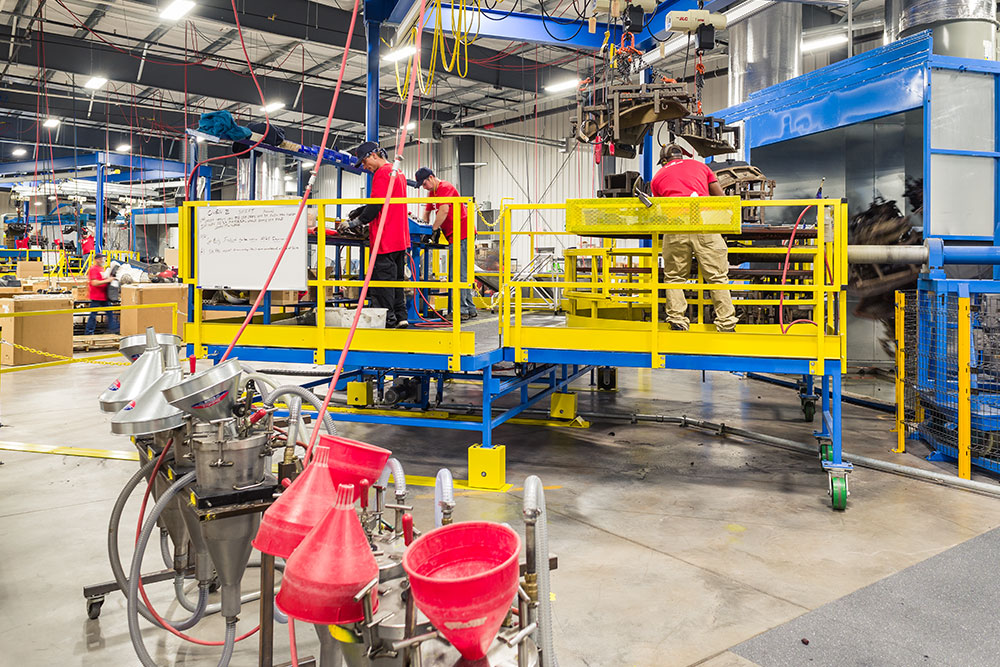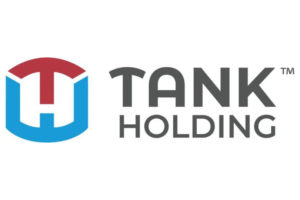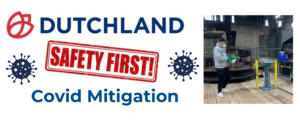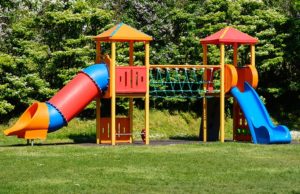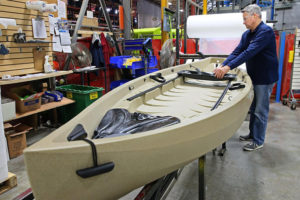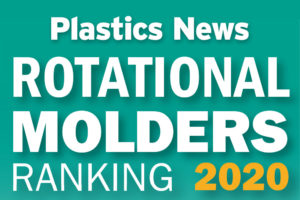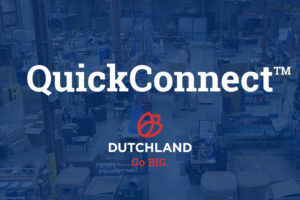You have this great new product that you want to bring to market. However, you are stuck on trying to figure out the best manufacturing process to bring this new product life. You’re probably starting to do your research and learn about all your options. During your research, you may have come across rotational molding or rotomolding. So, what exactly is rotational molding and how does it compare to other forms of manufacturing? Let’s dig deeper into this process and how it can benefit your manufacturing process.
What is Rotational Molding?
Rotational molding is essentially a process for manufacturing large plastic products. Rotational molded products typically have features like multiple walls, undercuts, and/or molded in hardware or graphics. Some popular rotational molding products include marine watercraft, plastic furniture, outdoor products, and large scale industrial products.
Rotational molding works by using granular, powder, or liquefied plastic. The plastic is poured into a hollow mold. The mold is then heated and turned around two perpendicular axes (hence the word rotational), with the plastic slowly attaching to the mold. Once the plastic is firm, it is then cooled. The rotation is then stopped and the plastic is detached from the mold.
What Types of Products Can Be Rotomolded?
Most large-scale plastic products can be rotationally molded. Some of the most popular rotomolded products include:
- Playground equipment
- Plastic kayaks
- Large ice machines
- Commercial dumpsters
- Industrial plastic hoppers
- Plastic furniture
- Plastic coolers
- Plastic vehicle parts
- Plastic agricultural equipment
The sky is certainly the limit when it comes to what can be produced via rotomolding. If you have a product idea, our team can help you come up with a rotationally molded solution.
Why Companies are Switching to Rotomolding
Companies everywhere are making the switch to rotomolding from metal and other manufacturing processes due to a few key factors. The primary reason companies are making the switch is durability. Rotational molded plastic is much more durable than metal and other types of manufactured plastic. Plastic doesn’t rust or corrode like metal.
Another reason companies are making the switch is rotationally molded plastic is much more cost-effective than other manufacturing processes. Rotationally molded plastic is lighter than metal making it cheaper to ship. Rotomolding also involves only a one-piece assembly, cutting down product and assembly costs.
Lastly, companies are switching to rotational molding for greater design flexibility. With rotational molding, you can specify wall thickness and product multi-wall parts. You can also include a molded logo in your product as opposed to a sticker that may peel off. The ability to have flexibility with design also helps create smoother, more seamless product.
What Makes Dutchland Different From Other Rotational Molders
What makes Dutchland different than other rotational molders comes down to experience. We have been in the plastics industry for nearly half a century. We have perfected the rotational molding process.
With nearly 50 years of experience, our team has seen it all. We’ve worked in a variety of industries and clients come back to us time and time again. As a custom rotational molder, our team is here to help you. Also, no job is too big for Dutchland. We specialize in high volume rotational molding and can produce products up to 500 pounds and 17 feet long. Lastly, our team can assist with more than just the final rotationally molded product. From engineering to assembly to drop shipping, our team at Dutchland can do it all.

